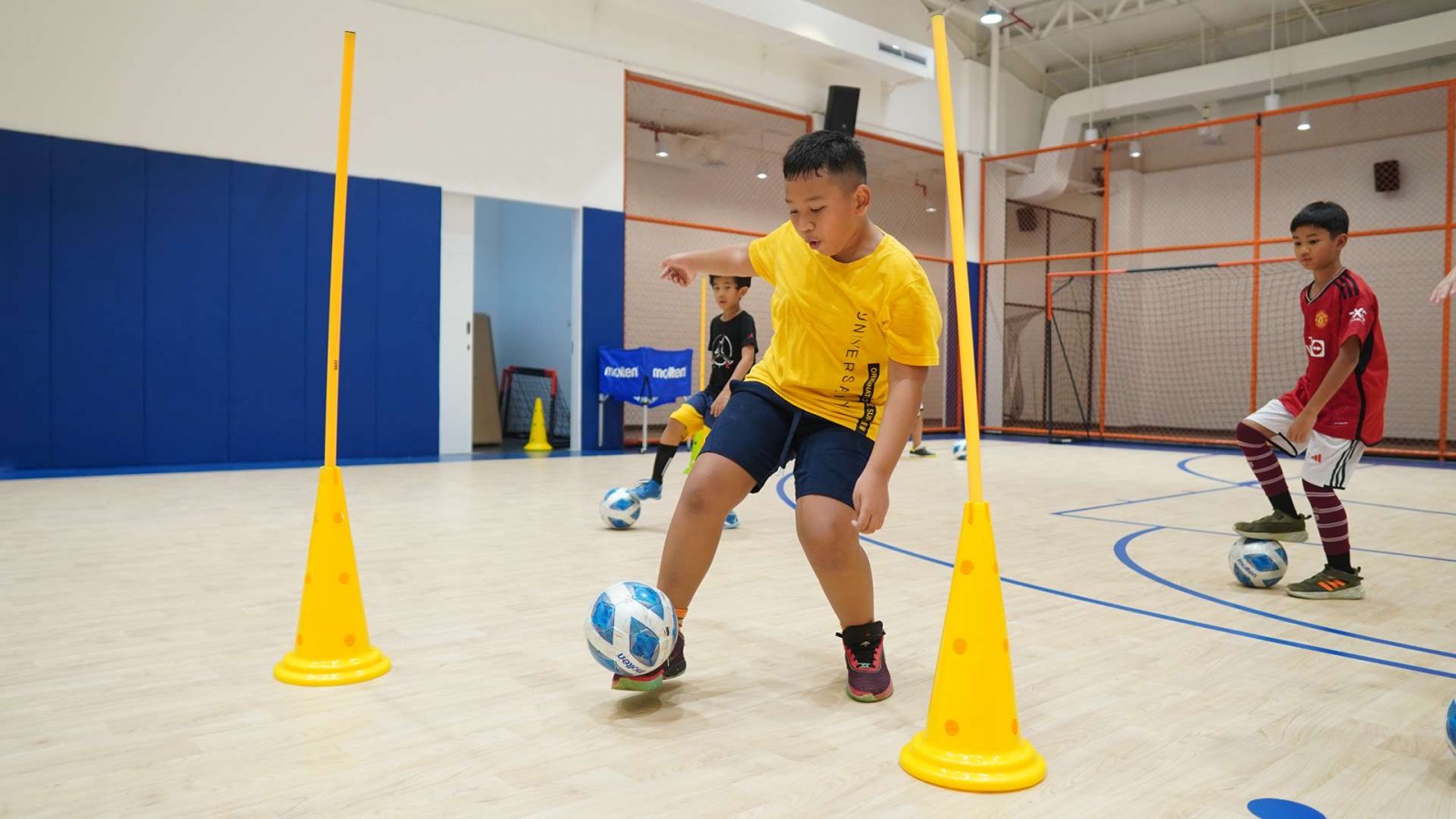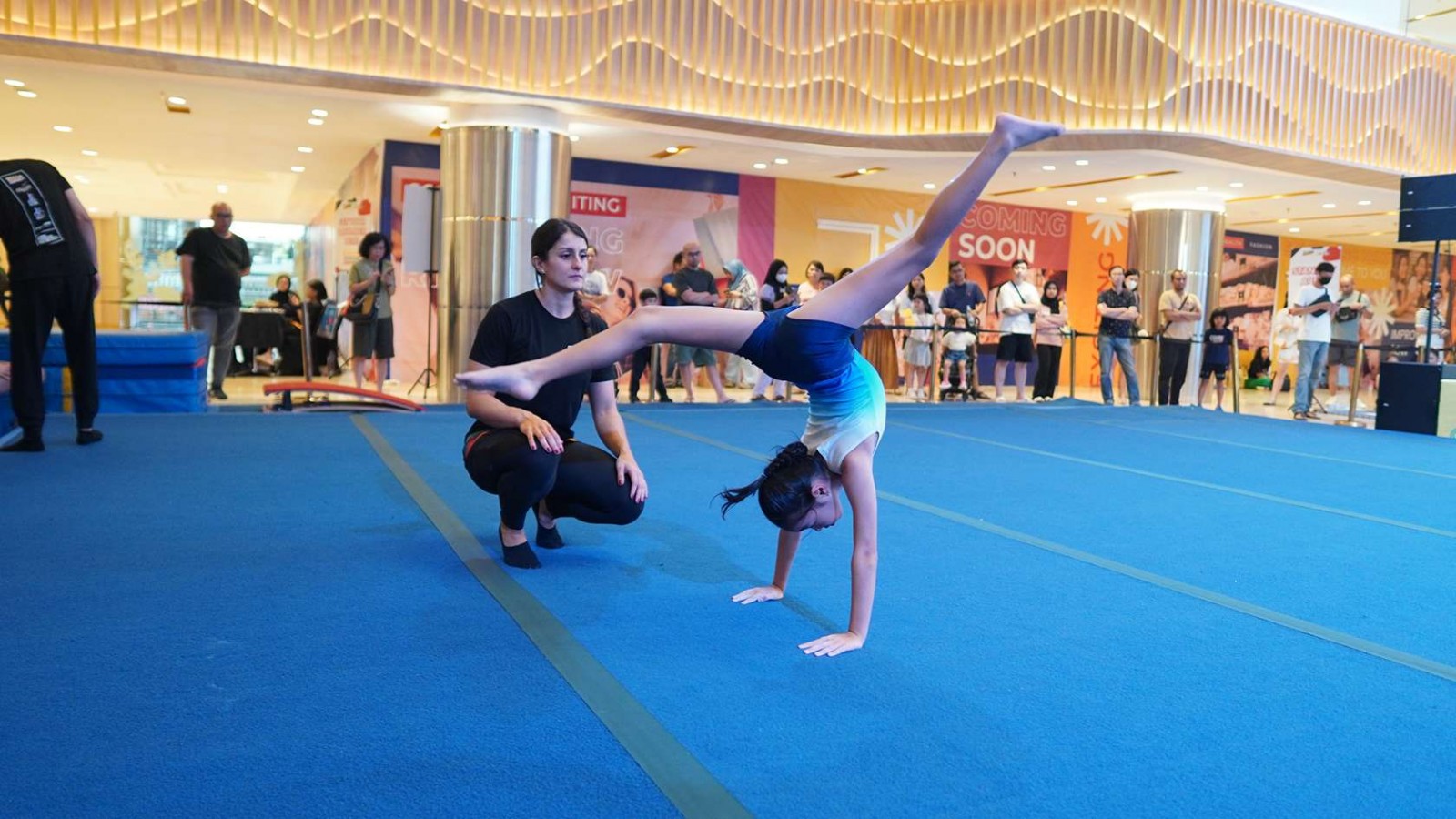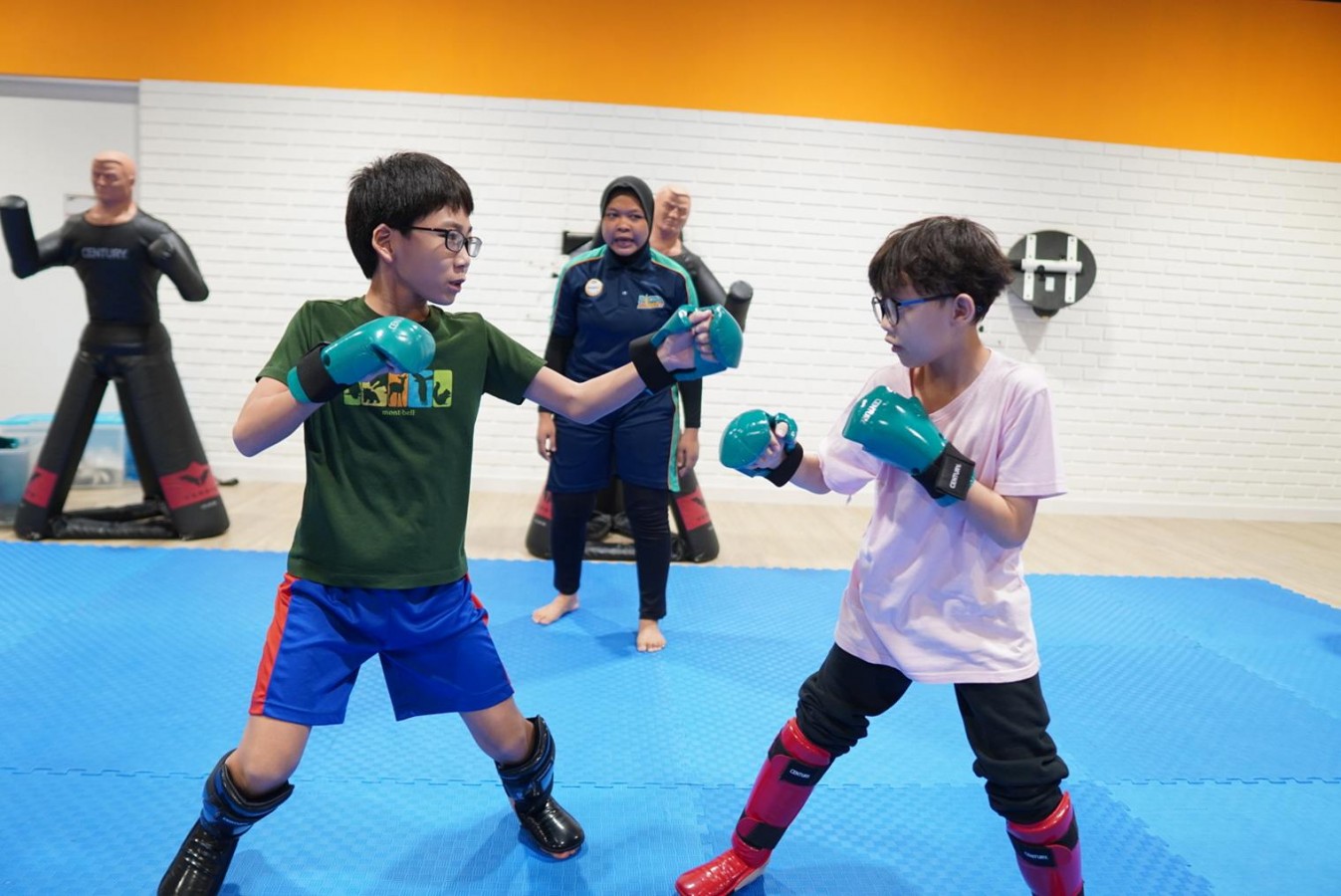The Ultimate Guide to Futsal Warm Ups: Static and Dynamic Drills

Warm-ups are a critical part of any sport, and futsal is no exception. Proper warm ups prepare the body for the intense physical demands of the game, help prevent injuries, and improve overall performance.
Although the movement is considered quite simple, in fact many people underestimate this. In fact, many people experience pain at certain points because they never or rarely warm up. This article will explore the objectives futsal warm ups and methods of static and dynamic warm ups for futsal.
Understanding Static and Dynamic Warm-Ups
Static warm-ups involve stretching exercises where you hold a position for a period of time, usually 15-30 seconds. These stretches are typically performed at the start of a warm-up routine and focus on lengthening the muscles, improving flexibility, and releasing tension.
Meanwhile, dynamic warm-ups are active movements that take muscles and joints through their full range of motion. These exercises are more functional than static stretches, as they mimic the movements players will perform during the game.
Dynamic warm-ups increase blood flow, enhance muscle activation, and improve joint flexibility, making them essential for preparing the body for the dynamic actions of futsal.
Static Warm-Up Drills for Futsal
Static warm-ups help stretch the muscles important in playing futsal. This warm-up also allows you to maximize your physical output. Here's a static futsal warm-up:
1. Hamstring Stretch
The objective of the hamstring stretch is to lengthen the hamstrings, which helps to prevent strains. By incorporating this stretch into your routine, you can improve flexibility in the back of your thighs, reducing the risk of injury and enhancing overall muscle function.
How to Do It
- Stand with one leg extended forward, heel on the ground and toes pointing up.
- Keeping the back straight, gently bend forward at the hips until you feel a stretch along the back of the thigh.
- Hold for 20-30 seconds, then switch legs.
2. Quadriceps Stretch
The quadriceps stretch aims to elongate the muscles in the front of the thigh to prevent tightness and reduce the risk of injury. By regularly performing this stretch, you can maintain flexibility in the quadriceps, which helps to avoid muscle strain and improve overall leg mobility.
How to Do It
- Stand upright and grab your ankle, pulling your foot towards your buttocks.
- Keep your knees close together and push your hips forward slightly to enhance the stretch.
- Hold for 20-30 seconds on each side.
3. Calf Stretch
The calf stretch is designed to lengthen the calf muscles, helping to prepare them for explosive movements. By regularly performing this stretch, you enhance flexibility and readiness in your calves, which can improve your performance in activities that require sudden bursts of power and agility.
How to Do It
- Stand facing a wall with one foot forward and one foot back.
- Keep your back leg straight and your heel on the ground, while bending the front knee and leaning forward into the wall.
- Hold for 20-30 seconds, then switch legs.
4. Groin Stretch
The groin stretch aims to loosen the inner thigh muscles, enhancing flexibility and improving lateral movement. By incorporating this stretch into your routine, you can increase your range of motion and reduce stiffness during side-to-side movements.
How to Do It
- Sit on the ground with your feet together and your knees bent out to the sides.
- Hold your feet and gently press your knees towards the ground using your elbows.
- Hold the stretch for 20-30 seconds.
5. Hip Flexor Stretch
The hip flexor stretch is designed to enhance flexibility in the hip flexors, which helps to prevent strains and improve overall mobility. By regularly performing this stretch, you can increase the range of motion in your hips, reducing stiffness and supporting better movement efficiency in various activities.
How to Do It
- Kneel on one knee with the other foot in front, creating a 90-degree angle at both knees.
- Push your hips forward while keeping your back straight until you feel a stretch in the front of the hip.
- Hold for 20-30 seconds, then switch sides.
Dynamic Warm-Up Drills for Futsal
Unlike static stretching, dynamic warm-ups involve controlled, rhythmic movements that increase heart rate, enhance muscle activation, and improve coordination.
These drills mimic the actions of futsal, helping players transition smoothly into the game, reduce the risk of injury, and perform at their peak. Here a few dynamic warm up drills:
A. High Knees
The objective is to elevate the heart rate and engage the lower body muscles. By focusing on activities that achieve this, you can boost cardiovascular fitness while simultaneously activating and strengthening muscles in the lower body.
How to Do It
- Jog in place, bringing your knees up towards your chest as high as possible with each step.
- Maintain a quick pace for 30-60 seconds.
B. Butt Kicks
Butt kicks are designed to dynamically stretch the quadriceps while simultaneously boosting cardiovascular activity. This exercise helps to improve flexibility in the front of the thighs and elevates the heart rate, combining the benefits of a stretch with an effective cardio workout.
How to Do It
- Jog in place, kicking your heels up towards your buttocks with each step.
- Keep the movement controlled and continue for 30-60 seconds.
C. Lunges
Lunges target the glutes, quads, and hamstrings, while also enhancing balance and coordination. By incorporating lunges into your routine, you can effectively engage these key muscle groups, which contributes to improved lower body strength and overall functional movement.
How to Do It
- Step forward with one leg and lower your hips until both knees are bent at about 90 degrees.
- Push back up to the starting position and alternate legs.
- Perform 10-15 reps on each leg.
D. Leg Swings
Leg swings are intended to enhance hip mobility and flexibility. This exercise involves swinging the legs forward and backward, which helps to loosen the hip joints and improve the range of motion, contributing to better overall movement efficiency.
How to Do It
- Stand on one leg and swing the other leg forward and backward, keeping the motion controlled and steady.
- Repeat for 10-15 swings on each leg, then switch to side-to-side swings.
E. Arm Circles
Arm circles are designed to warm up the shoulder joints and upper body muscles. By performing this exercise, you increase blood flow and prepare these areas for more intense activity, helping to improve mobility and reduce the risk of injury during upper body workouts.
How to Do It
- Extend your arms out to the sides and make small, controlled circles.
- Gradually increase the size of the circles, then reverse the direction.
- Continue for 30 seconds in each direction.
Avoid Injury During Futsal With Warm Ups!
Although the warm-up involves simple movements, it is proven to optimize muscle performance during exercise. Warming up is essential, even if you're not participating in a futsal competition. Incorporating futsal drill warm-ups can help you achieve maximum results on the field.
Take your futsal skills to new heights with Rockstar Academy, where our Sports & Performing Arts Academy combines top-tier futsal training with a unique focus on performance excellence.
By joining our futsal classes, students gain access to a structured curriculum and exciting opportunities to compete in events like the Elite Championships and RockOlympics. These competitions offer a fantastic way for your child to showcase their skills and discover their full potential in futsal.
At Rockstar Academy, we offer cutting-edge drills, expert coaching, and personalized feedback to help you master the game and shine on the court. No need to worry, parents can register their children for a free trial class!
FAQ
Why are warm-ups important in futsal?
Warm-ups are crucial because they prepare the body for physical activity by increasing blood flow, improving flexibility, and activating the nervous system. This reduces the risk of injury and enhances performance.
What is the difference between static and dynamic warm-ups?
Static warm-ups involve holding stretches for a period to lengthen and relax muscles, while dynamic warm-ups involve controlled, rhythmic movements that increase heart rate and activate the muscles used in the game.
When should I perform static versus dynamic warm-ups?
Static warm-ups should be done first to gently stretch the muscles, followed by dynamic warm-ups to activate the muscles and increase blood flow before the game or training session.



